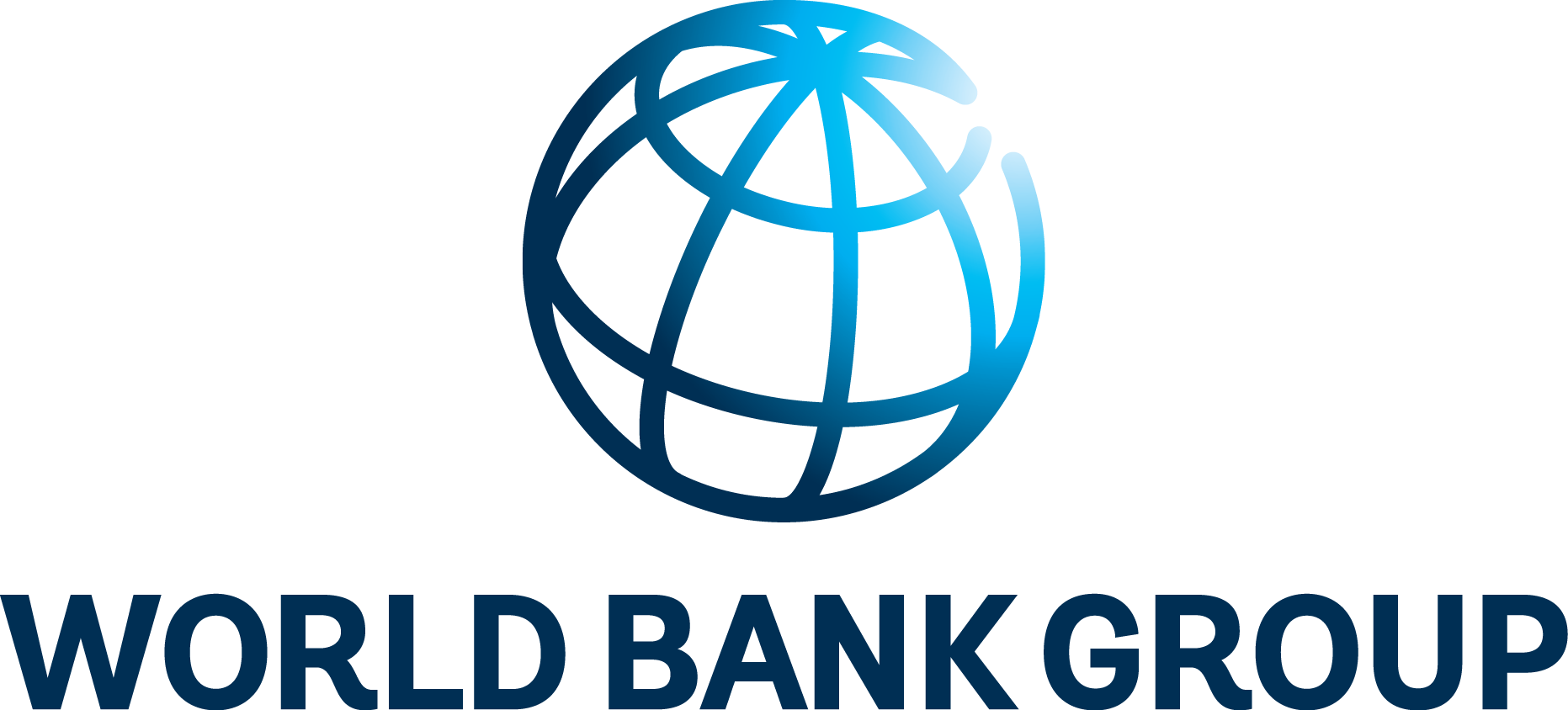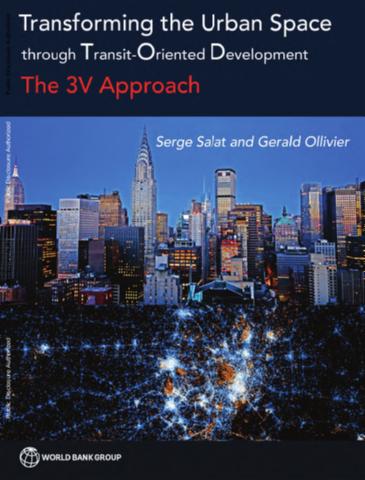The World Bank is a vital source of financial and technical assistance to developing countries around the world. We are not a bank in the ordinary sense but a unique partnership to reduce poverty and support development. The World Bank Group has two ambitious goals: End extreme poverty within a generation and boost shared prosperity.
- To end extreme poverty, the Bank's goal is to decrease the percentage of people living on less than $1.25 a day to no more than 3% by 2030.
- To promote shared prosperity, the goal is to promote income growth of the bottom 40% of the population in each country.
The World Bank Group comprises five institutions managed by their member countries.
The World Bank Group and Land: Working to protect the rights of existing land users and to help secure benefits for smallholder farmers
The World Bank (IBRD and IDA) interacts primarily with governments to increase agricultural productivity, strengthen land tenure policies and improve land governance. More than 90% of the World Bank’s agriculture portfolio focuses on the productivity and access to markets by small holder farmers. Ten percent of our projects focus on the governance of land tenure.
Similarly, investments by the International Finance Corporation (IFC), the World Bank Group’s private sector arm, including those in larger scale enterprises, overwhelmingly support smallholder farmers through improved access to finance, inputs and markets, and as direct suppliers. IFC invests in environmentally and socially sustainable private enterprises in all parts of the value chain (inputs such as irrigation and fertilizers, primary production, processing, transport and storage, traders, and risk management facilities including weather/crop insurance, warehouse financing, etc
For more information, visit the World Bank Group and land and food security (https://www.worldbank.org/en/topic/agriculture/brief/land-and-food-security1
Resources
Displaying 71 - 75 of 4907Transforming the Urban Space through Transit-Oriented Development
Imagine a city that is more competitive, with higher-quality neighborhoods, lower infrastructure costs, and lower C02 emissions per unit of activity. This city has lower combined transportation and housing costs for its residents than other cities at similar levels of economic activity. Its residents can access most jobs and services easily through a combination of low-cost public transport, walking and cycling. Its core economic and population centers are resilient to natural hazards.
Land
It is acknowledged that conflict over land is a major source of violence in various parts of Mindanao, particularly the prosed Bangsamoro region. Historical accounts trace the root cause of land issues and identity-based conflict to the introduction of the Regalian doctrine of land ownership by Spanish colonizers. During the American colonial regime at the turn of the 20th century, dispossession of land held by the original inhabitants of Mindanao accelerated, with an emphasis of titling lands for private ownership that clashed with the tradition of ancestral domain.
Global Land Outlook
Land is an essential building block of civilization yet its contribution to our quality of life is perceived and valued in starkly different and often incompatible ways. Conflicts about land use are intensifying in many countries. The world has reached a point where we must reconcile these differences and rethink the way in which we use and manage the land.
Land for life. Create Wealth, Transform Lives
Becoming land degradation neutral is not simply about restoring degraded lands. It is about self interest making sure the land can still provide food and fresh water for us, our children, and to the third and fourth generations. It is about giving every child, from Mongolia to Afghanistan and from Ethiopia to China, the fighting chance for a better life. If this all sounds too good to be true, read this book.
Analyzing the enabling environment for transforming forest landscape conflicts: the example of Lao PDR
Forest landscape conflicts can be devastating on many levels – economic, environmental and social, from individual, to subnational, national and global levels. They are symptomatic of many issues revolving around weak governance. The problem is that seldom are they effectively addressed. The aim of the paper is to better understand how and why forest landscape conflicts are happening, who is addressing them, and what can be done to prevent conflict or improve conflict outcomes.









